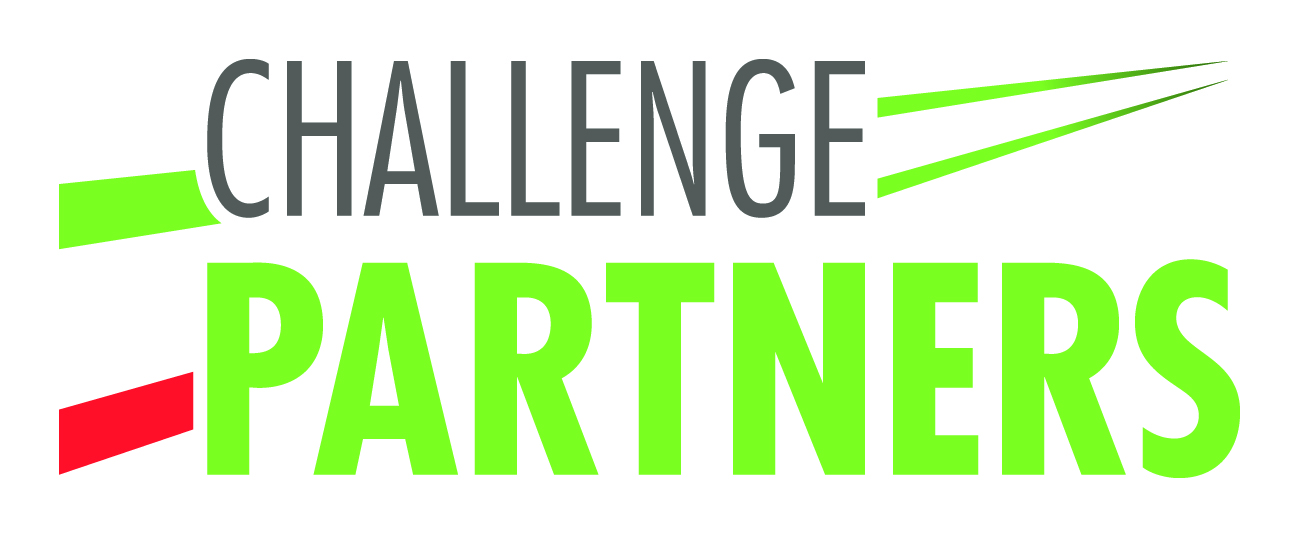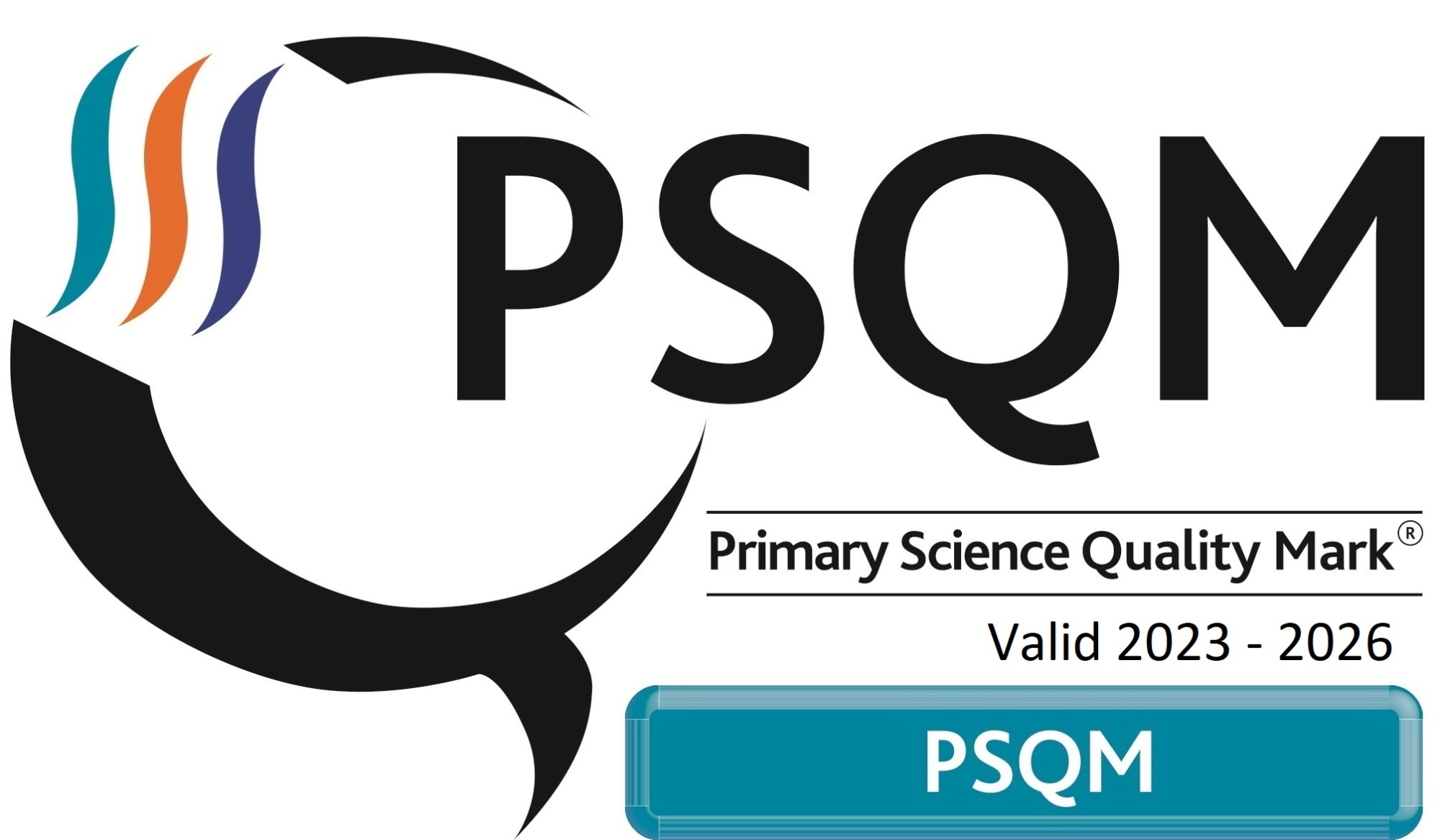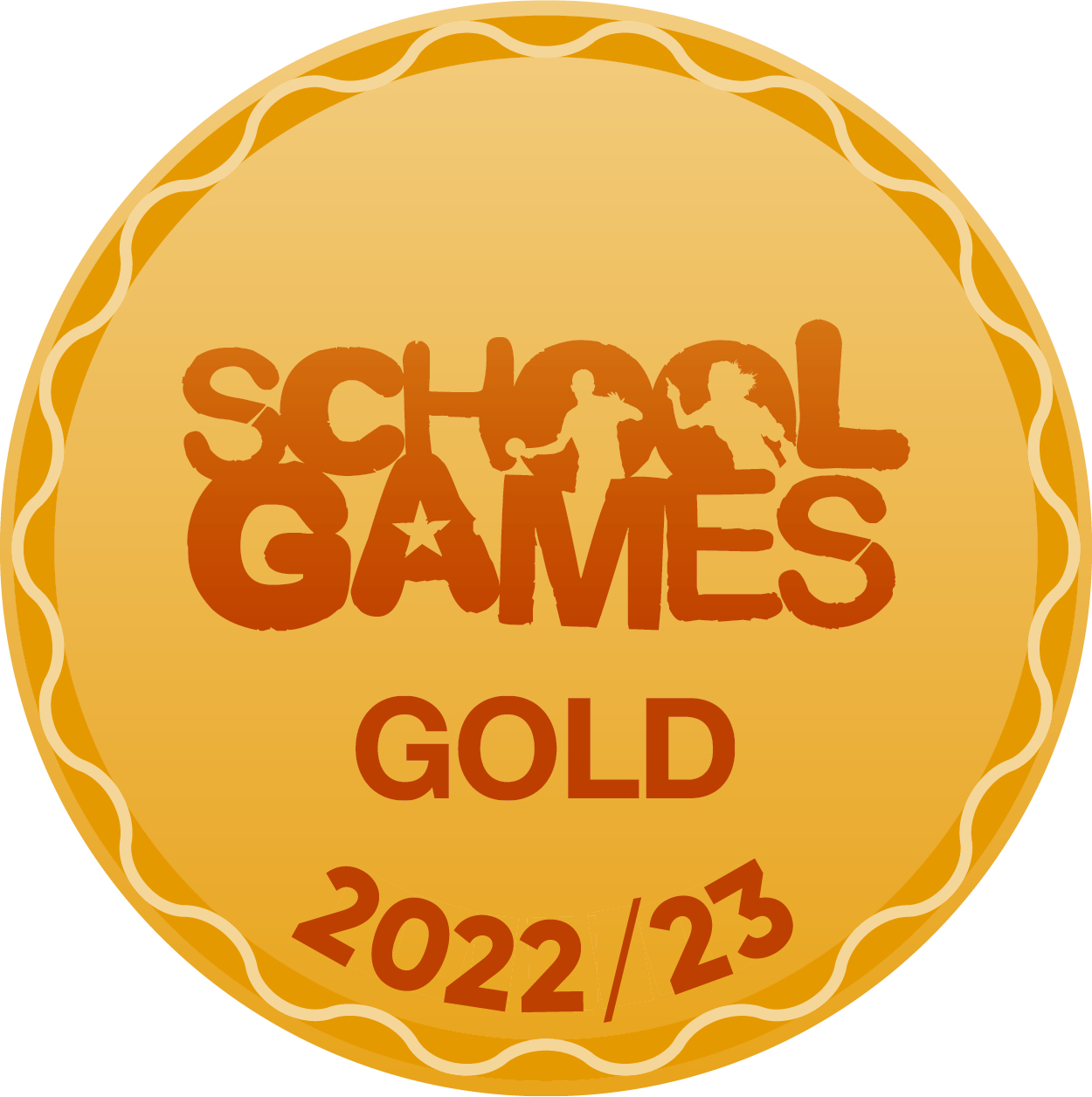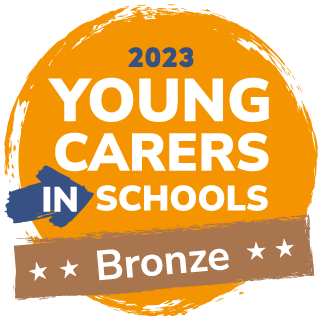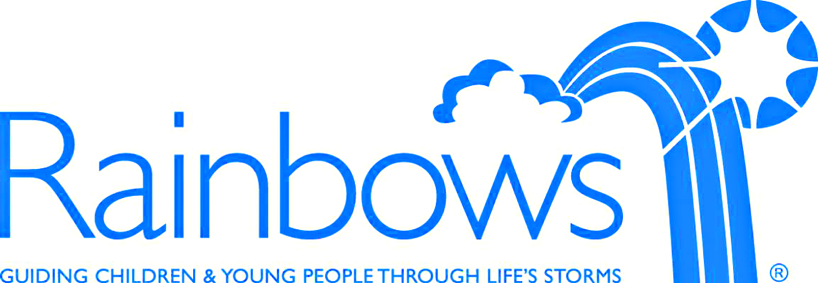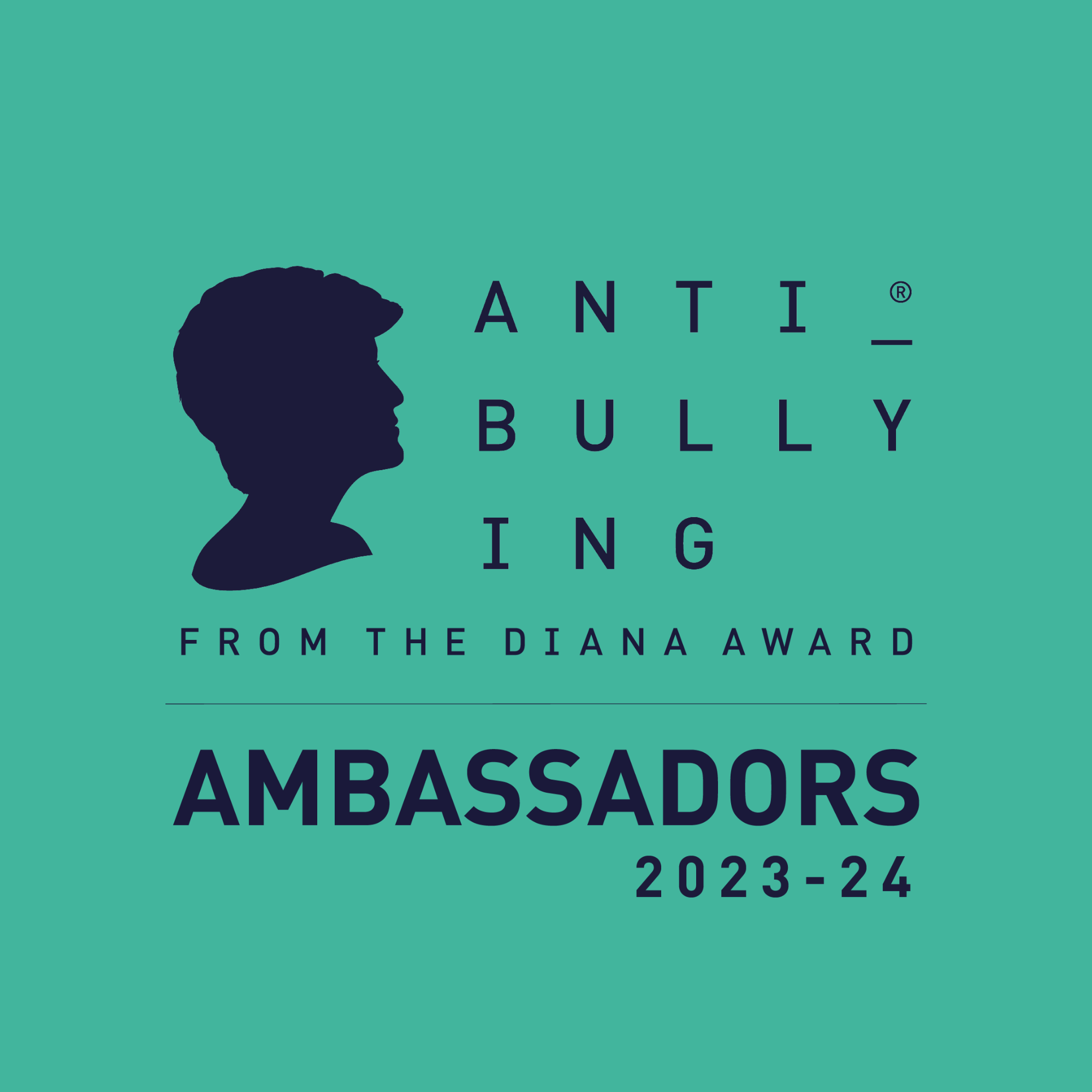Design Technology
Intent
“Children are naturally creative. It is our job to give them the freedom, materials and space to let their creativity blossom to its full potential”
Jean Van’t Haul.
At William Byrd we encourage children to take part in various DT projects at home as well as at school. Children combine practical skills with an understanding of aesthetic, social and environmental issues, as well as functions and industry; they design with a purpose in mind, construct using their knowledge and understanding gained from research, manipulate, adapting and amending their work and evaluate using various tools and materials.
DT provides visual, practical, tactile, resilient, and sensory experiences as children work; children understand the uses and functions of foods, tools, nutritional elements and mechanisms; how these are used in everyday life.
Children are able to build on prior knowledge and projects by using new and advanced tools and materials, also enabling them to understand the history and importance of the technological world. Through our DT projects, taught throughout the year in Project lessons and during DT Days, children learn to work independently, solve problems, convey and resolve challenges and self-evaluate. We work strategically making logical conclusions, testing theories and adapting structures.
Teachers encourage children to explore all types of skills and techniques through research and exemplars, allowing for opportunities to construct as well as disassemble in order to explore mechanisms and functions of objects. Design and technology is a vital part of school life and learning; as a school we are dedicated to the teaching and delivery of a high quality Design and Technology curriculum; through well planned and resourced projects and experiences.
We promote our Guiding powers through all our lessons, encouraging children to be aspirational and curious in their learning, developing new skills and resilient with tasks and new tools. Children are taught cooperation skills, to work safely with their peers, designing, creating and evaluating. We encourage children to work reflectively and use their creativity to design and make products that solve real and relevant problems within a variety of contexts, considering their own and others’ needs, wants and values.
Implementation
To ensure high standards of teaching and learning in design technology, we implement a curriculum that is progressive throughout the whole school. Design technology is taught in half-termly units using the Cornerstones units and focusses on the knowledge and skills stated in the National Curriculum. Continuous professional development is always a priority at William Byrd and regular meetings, shared planning and delivery sessions support our staff to confidently deliver lessons. A variety of teaching approaches are deployed and all pupils challenged to achieve to their full potential. Teachers plan lessons for their class using our progression of knowledge and skills and Cornerstones resources to support them. The progression document ensures the curriculum is covered and the skills/knowledge taught is progressive from year group to year group.
Impact
Within design and technology, we strive to prepare children to take part in the development of tomorrow’s rapidly changing world. We aim to encourage children to become creative problem solvers, both as individuals and as part of a team. Through the study of design and technology, children combine practical skills with an understanding of aesthetic, social and environmental issues, as well as of functions and industrial practices. This allows them to reflect on and evaluate present and past design and technology, its uses and its impact. Our design and technology curriculum is high quality, well thought out and is planned to demonstrate progression. We focus on progression of knowledge and skills and discreet vocabulary progression also form part of the units of work.
We measure the impact of our curriculum through the following methods:
- Assessing children’s understanding of topic linked vocabulary before and after the unit is taught
- Summative assessment of pupil discussions about their learning
- Images and videos of the children’s practical learning
- Interviewing the pupils about their learning (pupil voice)
- Moderation staff meetings where pupil’s books are scrutinised and there is the opportunity for a dialogue between teachers to understand their class’s work
- Annual reporting of standards across the curriculum
- Marking of work in books



